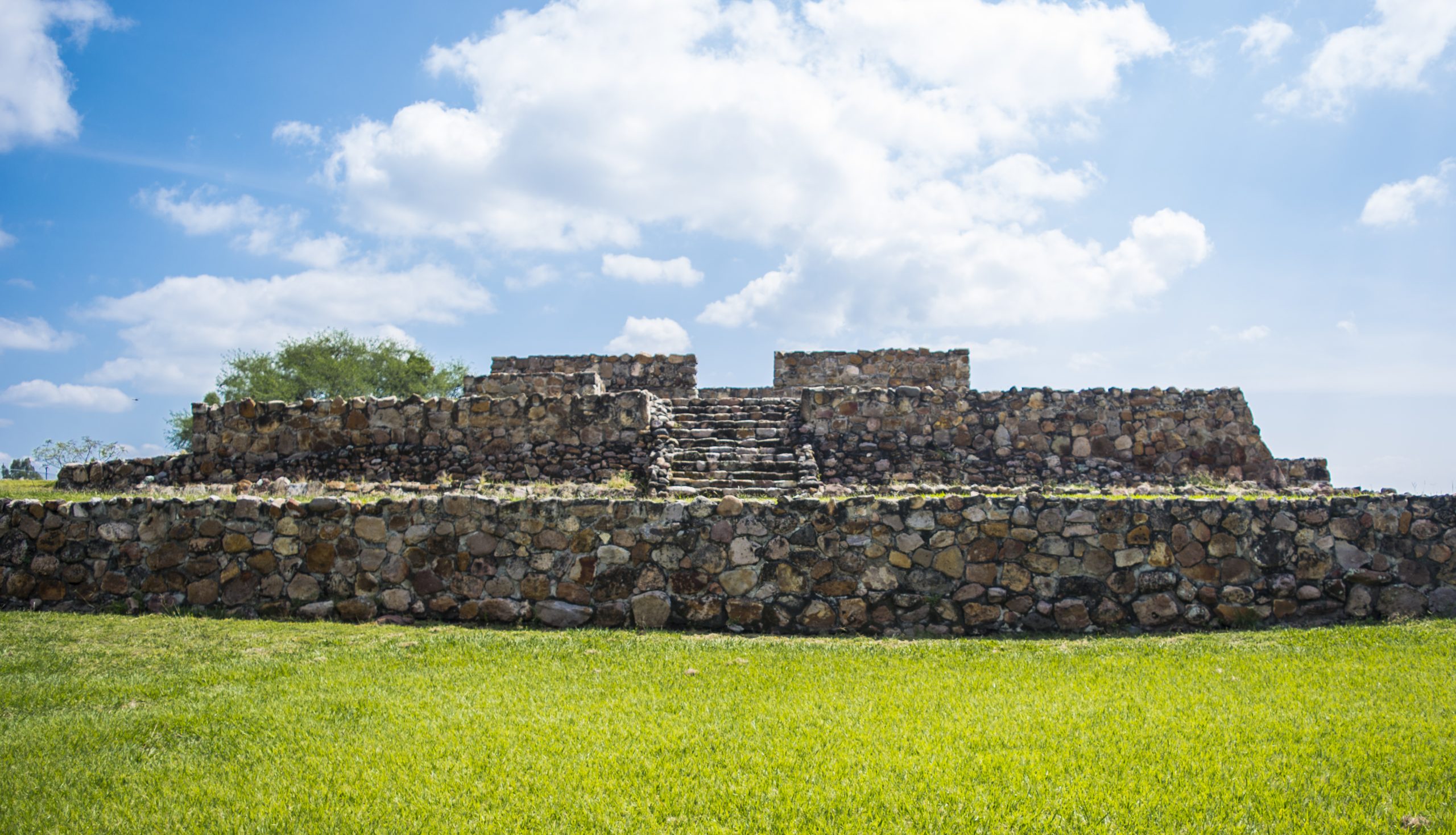The Archaeological Site of Huandacareo: A Purépecha Ceremonial Center
Huandacareo, an archaeological zone situated approximately 60 kilometers north of Morelia, Michoacán, stands as a testament to the rich cultural tapestry of pre-Hispanic Mexico. Constructed on an elevated plateau with a commanding view of Lake Cuitzeo, this site, locally known as “The Nopalera,” is located roughly 2.46 kilometers from the lake’s northwestern shores and about two kilometers from the center of the Huandacareo town and municipality. The site spans an area of 300–400 km^2 on the western side of Lake Cuitzeo, the second largest freshwater lake in Mexico, known for its fluctuating water levels.
Get your dose of History via Email
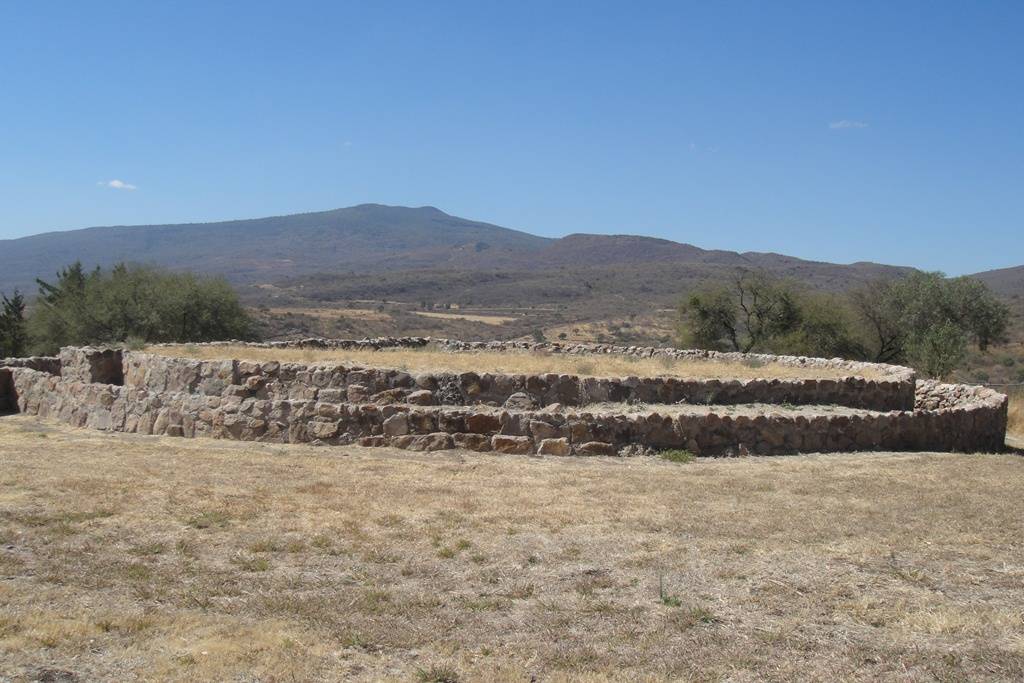
Background and Cultural Significance
Huandacareo’s roots trace back to the Purépecha, a civilization that once rivaled the Aztec Empire. The site’s geographical position in the Cuitzeo basin and its ceremonial center concept hint at cultural influences from various regions, including obsidian from northern Michoacán and materials from the Pacific Ocean. This blend of cultural elements underscores the interconnectedness of Mesoamerican civilizations.
The Michoacán region, meaning “place of the fishermen” in Nahuatl, has been inhabited for at least 10,000 years, with evidence of formal settlements from all Mesoamerican periods. The Purépecha Empire, centered around Lake Pátzcuaro, emerged as the dominant civilization in the region by the 15th century, showcasing a sophisticated political and social structure.
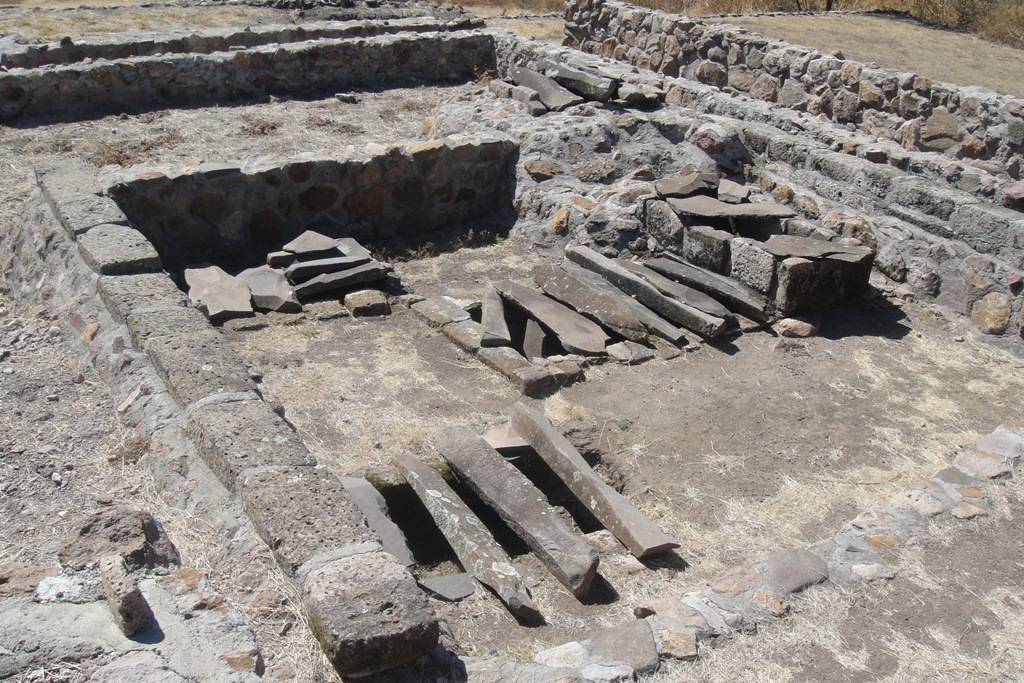
Discovery and Excavation
The first excavation season at Huandacareo began in December 1977, revealing a site that had suffered from looting and neglect. Despite these challenges, archaeologists uncovered significant structures, including Structure A, and evidence of Purépecha architectural traditions, such as temples built on natural hills or artificial platforms. The site’s construction is estimated to have begun around 1200 CE, functioning until the Spanish conquest in 1536.
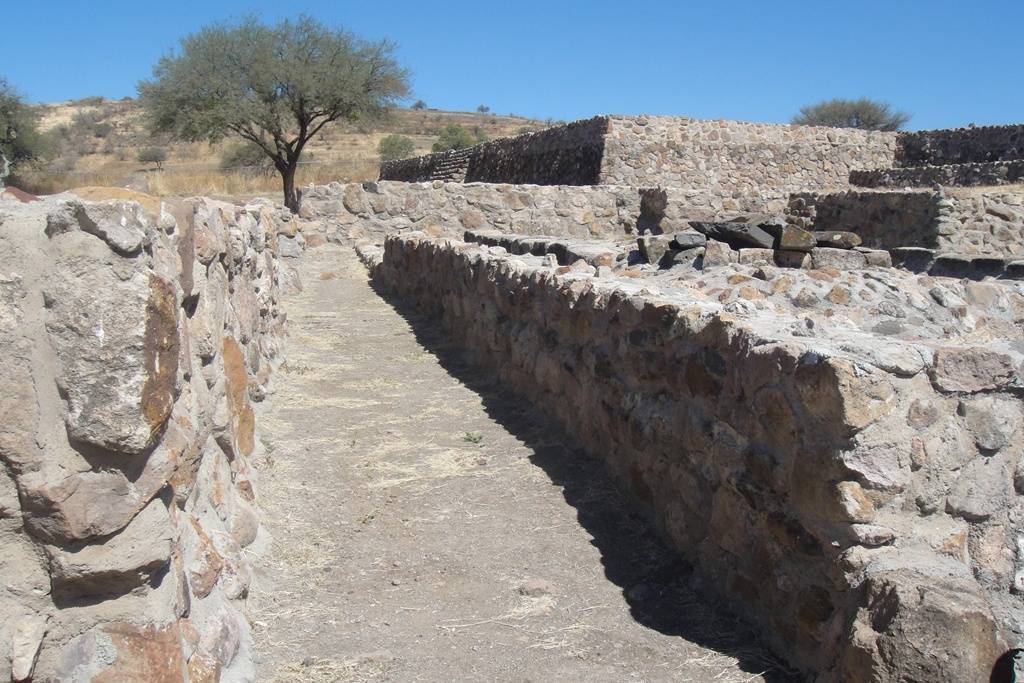
Artifacts and Findings
Among the artifacts discovered at Huandacareo are copper tools, ceremonial clamps, wire hoops, and bells, indicating a high level of metallurgical skill. Ceramics from the site include a complete pipe representing an owl and figurines depicting adult females, associated with lunar deities and agriculture. These findings, along with objects made from obsidian, shell, and bone, highlight the site’s importance in regional trade networks and its connection to other Mesoamerican cultures.
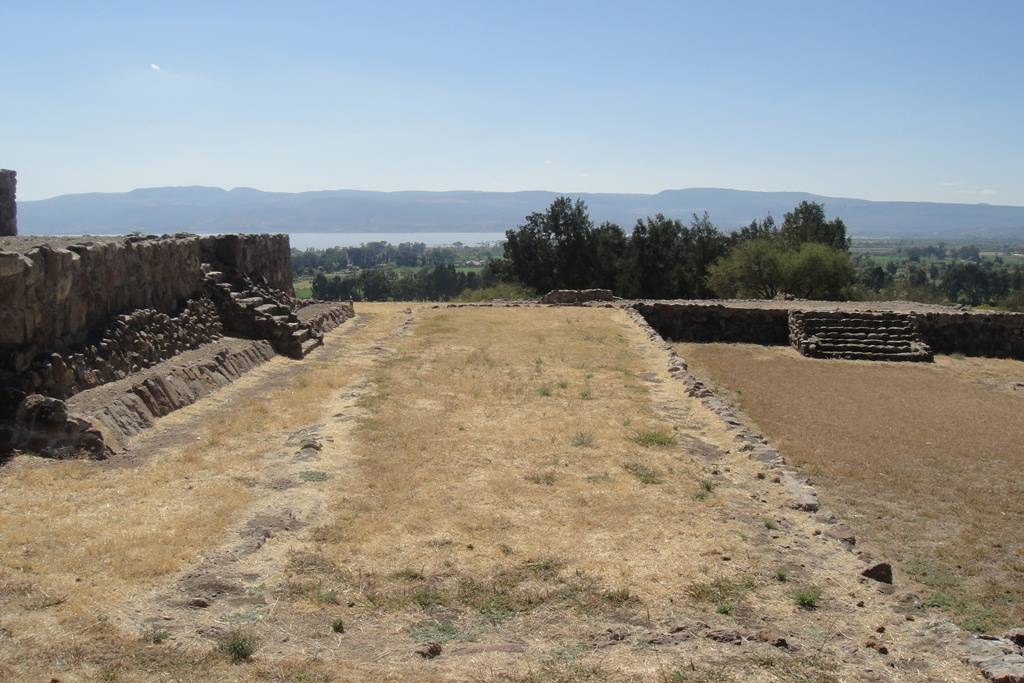
Political Organization and Structures
Huandacareo’s political organization was hierarchical, with authority vested in a bureaucracy that encompassed administrative, judicial, military, and religious functions. The site’s structures, including the sunken plaza and the “tomb patio,” reflect its role as an administrative and religious center. The use of regional quarry stone and the strategic location overlooking Lake Cuitzeo underscore the site’s significance within the Purépecha Empire.
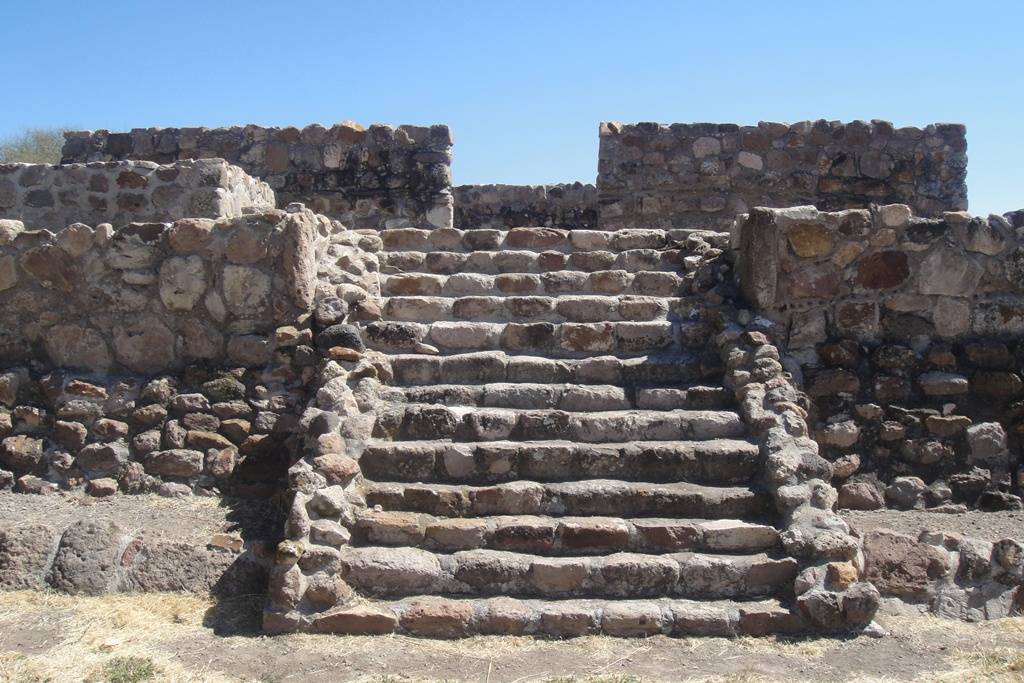
Conclusion
Huandacareo serves as a crucial link in understanding the complex web of Mesoamerican civilizations. Its blend of cultural influences, sophisticated political organization, and rich array of artifacts offer invaluable insights into the Purépecha Empire and its interactions with neighboring cultures. Despite the need for further research and preservation efforts, Huandacareo remains a testament to the ingenuity and resilience of the Purépecha people and their enduring legacy in the history of pre-Hispanic Mexico.
Sources:
Wikipedia

